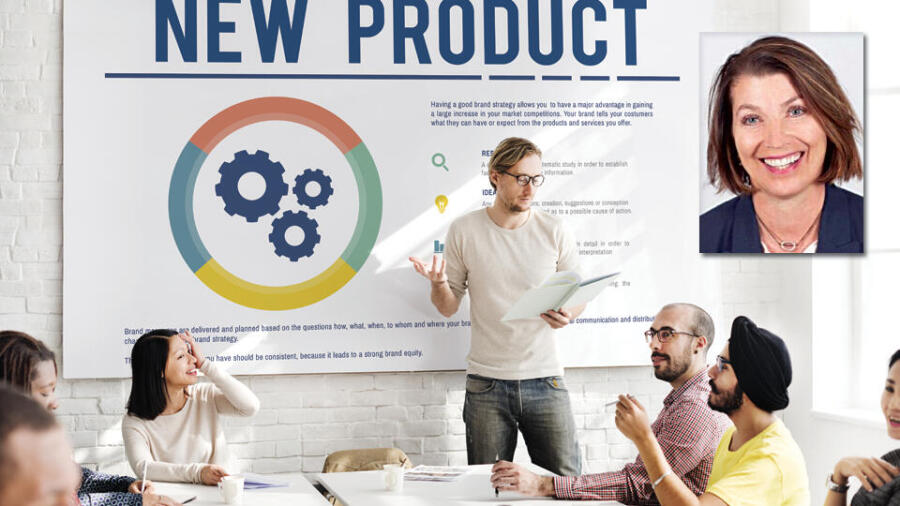The way I see it, there are three strategies in which a product can be developed. Those strategies include: process, partnership and efficacy. Process in product development isn’t just about phase-related milestones. Phase-gate development — a project management technique in which an initiative or project is divided into stages or phases that are separated by decision points — is key for finalizing and approving products with executives, and assures buy-in at each step. However, multi-layer development processes that involve user insights research, brainstorm techniques, prototyping options and engineering tools can either enhance or inhibit development.
User insights data can identify and define what products or features to develop, whether you are creating a product from scratch or building upon an existing product concept. Engineers (specifically penis-owning individuals) likely cannot identify what a pleasure product might require for people with vaginas without conclusive, data-driven statistics. Just like engineers likely wouldn’t know what a FedEx driver may need for route optimization, or children’s requirements for creative learning toys. Research and determining innate user needs is the first step in identifying key product features, ergonomics and/or the product itself. Investing in this crucial step will ensure that processes flow through to manufacturing. All tests, specifications and designs are validated against the key user needs. “Does this product work?”
Partnerships built on foundations of trust and empowerment will follow processes together that ultimately save money, time and resources.
Partnerships are key for any product development success, especially products that may be driven more by season and fashion versus spec-driven innovation. The partnerships needed for innovative product development must possess the ability to communicate design requirements, build campaigns and brand messaging around product design, and understand the importance of engineering quality and performance. These partnerships marry together into a smooth-running machine. Mutual respect of technical development without egos makes partnerships succeed. Every member of your team is aiming for a clear and common goal, in synchrony.
Internal partnerships refer to different departments within an organization. External partnerships provide support for specialized areas or the ultimate goal — the perfect contract manufacturing partnership. Empowering and building trust within and outside the organization creates partnerships that drive innovation in products. Partnerships built on foundations of trust and empowerment will follow processes together that ultimately save money, time and resources.
According to Merriam Webster, efficacy is defined as “the power to produce an effect.” There is no greater joy in developing a product than producing the desired effect defined by the user, as if in a dream. My favorite questions asked of users during insights research usually revolve around, “If you could create your ‘dream product,’ what would it look like? What would it feel like? How would it make you feel? Why would it work like that?”
These are the questions that lead to insight, and unknown innate needs that drive product innovation. Quite often, the users don’t even realize they might be creating the next generation of products simply by sharing practical solutions to their everyday “problems.”
Developing products driven by one person's thoughts or ideas generally will fall short unless user testing and tweaks are made to fulfill a need. Engineers are famous for designing things to be complex and clever. In the product design world, simple and clean are the award winners. When you add in user needs-based innovation, the awards can include patents and intellectual property. Closing the loop and producing the effect defined in your initial product brief or product requirements documents is the ultimate goal of all development teams and partnerships.
By diligently using three simple strategies to develop products, user needs-based designs will, without fail, drive solutions for consumers.
The resulting products will be best of class, with the potential to generate marketing campaigns that drive revenue for business success. Relying on single-sourced concepts to execute product development — without checks and balances on what is “success” according to the consumer — is a recipe for failure.
In reality, sexual health product development processes are more similar to footwear and fashion design than engineered solutions. As a manufacturer, implementing a product-driven design process should never exclude defined user needs, provide clear problem statements, thoroughly-envisioned design briefs, quantified specifications, and data-driven user efficacy. Proving the power to produce an effect will be a success.
Kim Porter's experience with product design and engineering includes work with Starbucks, Nike, Intel and Lora DiCarlo. She is the founder of HatchOne.








